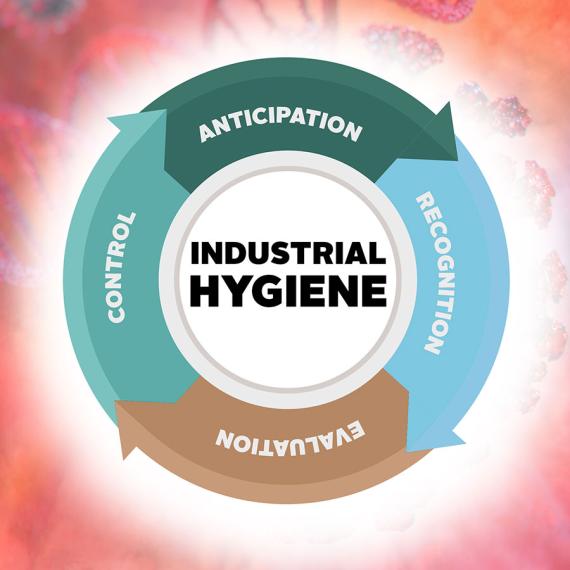Region 10 Industrial Hygienist Writes Playbook for Cleaning Federal Facilities Where Exposures to COVID-19 Occurred

When Northwest/Arctic Region Industrial Hygienist Bob Bliss got the first call about a possible COVID-19 exposure in a federal building there were 64 U.S. cases of the virus and one death. That date was March 3.
When Bliss received word that the Department of Homeland Security (DHS) had a possible exposure there was no playbook he could use to determine next steps. This was a unique situation.
Bliss and a team of experts in Region 10 developed a plan that would later become the playbook for all of GSA’s regions when working with federal partners to clean and vacate buildings where possible exposures occurred.
Bliss recalls those first few days as if they were years ago. In many aspects, March 3, feels like a long time ago, because a lot has happened since then related to the virus. As of this writing there are sadly hundreds of thousands of cases of those stricken with COVID-19 and thousands of deaths from the virus.
But in extraordinary times, people rise to the occasion and that’s exactly what Bliss and the Region 10 team did.
Creating a newly developed statement of work, protocols, and determining appropriate funding mechanisms, Bliss and the facilities team of Jeff Truax, Carmie O’Malley, and Brett Reagan and Lorae Schina Leasing Contracting Officer set in motion plans to get the facility adequately cleaned for the possible exposure.
“We were in immediate coordination with Homeland Security and needed to first determine what type of cleaning we needed to complete,” Bliss said.
He researched CDC and World Health Organization guidelines. He then studied what the CDC recommended for cleaning voting booths on Super Tuesday and developed a hybrid of those plans for use in this particular situation in coordination with DHS.
The team, along with many other Region 10 staff, created a working document to capture all that was taking place to share with other regions in case they also experienced similar situations. That proved to be an important document that would later help other regions in managing crises with exposure to COVID-19.
Within a day of being notified, the DHS worker tested positive for COVID-19. Now crews would need to go in and perform what Bliss calls a detailed cleaning.
Bliss was there that day making sure the work was being done properly and also observed the process to determine what could be done better for future situations.
“I truly wanted to understand what was happening out in the field so that later we could use that to improve what we did,” Bliss said.
In addition to learning how to set up and implement these detailed cleanings, the R10 teams also set the path forward about how to fund them. Bliss now says that all we learned should help other regions to set up the contracts and get them funded within 48 hours or less.
“What our teams were able to initially determine and then set up for us and other regions has been extremely valuable to GSA and our federal partners,“ said Northwest/Arctic Region Regional Administrator, Roy Atwood. “We’re very proud of their efforts.”

 U.S. General Services Administration
U.S. General Services Administration